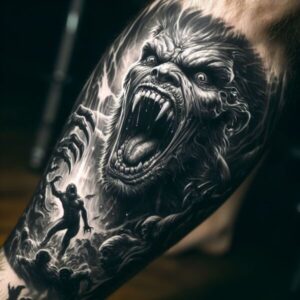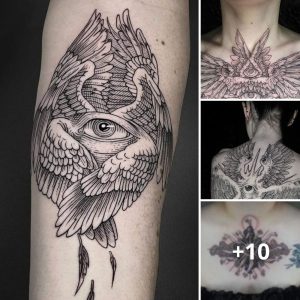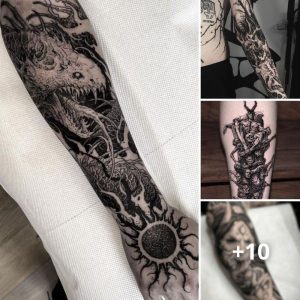Tattooing is an ancient art form that has evolved over centuries, encompassing a wide range of styles and techniques. From traditional designs rooted in cultural heritage to contemporary innovations pushing the boundaries of artistic expression, the world of tattoo styles is diverse and dynamic. In this article, we embark on a journey through the fascinating realm of tattoo styles, from the timeless classics to the cutting-edge trends of today.
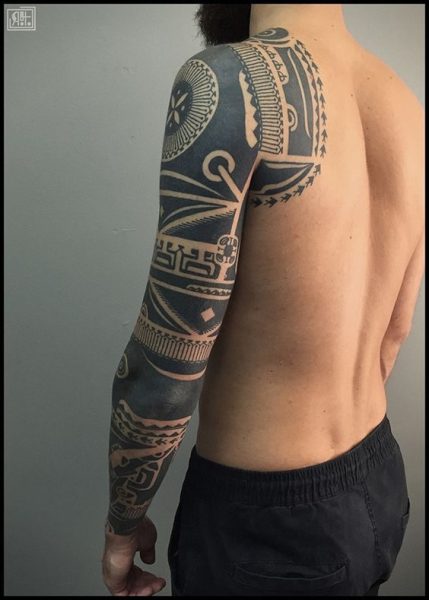
Traditional Tattoo Styles: Traditional tattoo styles, also known as “old school” or “American traditional,” are characterized by bold lines, vibrant colors, and iconic imagery. Drawing inspiration from sailor tattoos and early tattoo pioneers, traditional designs often feature motifs such as anchors, roses, eagles, and pin-up girls. These tattoos evoke a sense of nostalgia and nostalgia for the golden age of tattooing, with each design steeped in rich symbolism and cultural significance.
Realism Tattoo Styles: Realism tattoo styles aim to replicate the appearance of real-life subjects with astonishing accuracy and detail. Whether it’s portraits, landscapes, animals, or objects, realism tattoos showcase the skill and talent of tattoo artists in capturing the nuances of form, texture, and expression. Using advanced shading and blending techniques, realism tattoos create lifelike images that seem to leap off the skin, leaving a lasting impression of awe and admiration.
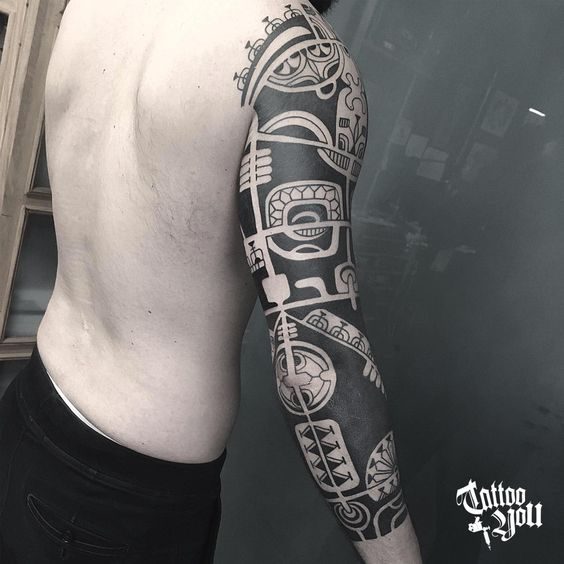
Japanese Tattoo Styles: Japanese tattoo styles, also known as “irezumi” or “horimono,” have a long and storied history dating back centuries. Influenced by traditional Japanese art forms such as ukiyo-e woodblock prints and kabuki theater, Japanese tattoos feature iconic motifs like dragons, koi fish, geishas, and cherry blossoms. These tattoos are characterized by intricate detailing, dynamic compositions, and bold, flowing lines, symbolizing themes of strength, courage, and spirituality.
Neo-Traditional Tattoo Styles: Neo-traditional tattoo styles take inspiration from traditional designs while incorporating elements of modern art and illustration. These tattoos often feature a bold color palette, exaggerated proportions, and ornate decorative elements, giving them a contemporary twist. Neo-traditional designs may include traditional motifs rendered in a more stylized and dynamic manner, adding depth and dimension to familiar themes.
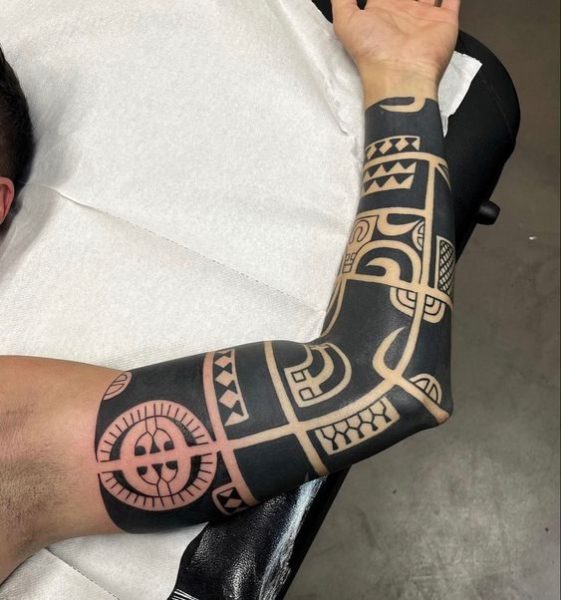
Contemporary Tattoo Styles: Contemporary tattoo styles encompass a wide range of artistic influences, from abstract expressionism to surrealism to geometric minimalism. These tattoos defy categorization, embracing individuality and innovation in their approach to design and composition. Contemporary tattoo artists experiment with unconventional techniques, unconventional placements, and avant-garde concepts, pushing the boundaries of what is possible in tattoo artistry.
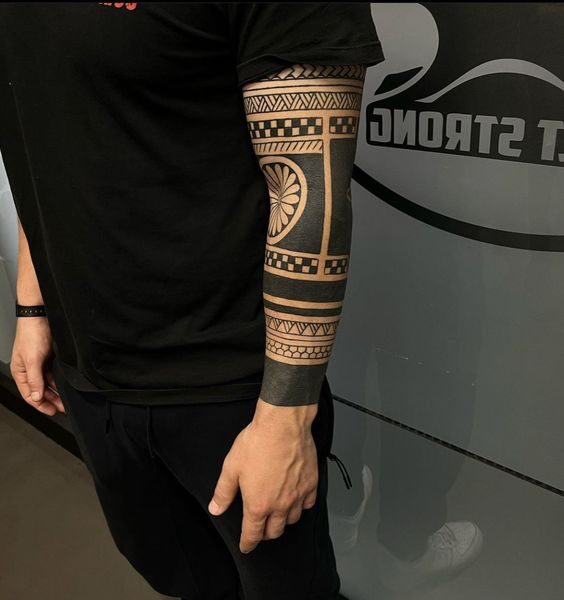
Conclusion: Exploring tattoo styles reveals a rich tapestry of artistic expression and cultural heritage, from the timeless classics of traditional tattooing to the cutting-edge innovations of contemporary artists. Whether it’s the bold lines and vibrant colors of traditional designs, the astonishing realism of portraits and landscapes, or the dynamic compositions of Japanese motifs, each tattoo style offers a unique glimpse into the creativity and craftsmanship of tattoo artists around the world. By embracing the diversity of tattoo styles, individuals can find the perfect expression of their identity, personality, and passions in ink.
